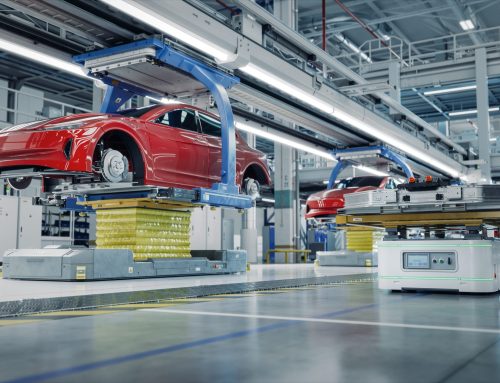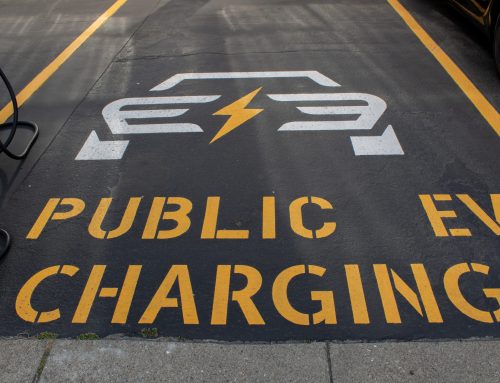
Congresswoman Yvette Clarke delivers a Keynote Address at the National E-Mobility Diversity, Equity, and Inclusion Conference.
Last week, my colleagues Matthew Vining, Katherine Shok and I had the opportunity to attend the National E-Mobility Diversity, Equity, and Inclusion (NEMDEI) conference hosted by EVNoire. The conference was a two-day affair. On the first day, I was fortunate to be able to talk through the research I had done with EVHybridNoire, Evergreen Action, and GreenLatinos on how states went about in incorporating Justice40 in the first twelve months of the National Electric Vehicle Infrastructure (NEVI) program. The panel focused on the crossroads of data and policy to advance equitable electric mobility, or e-mobility.
If you’re anything like me, the intersection of equity and e-mobility is top of mind, which is the premise of the conference. NEMDEI brings together a whole host of players working to equitably advance electric mobility, including philanthropies, public agencies, and industry professionals, and facilitates conversations between these stakeholders. The theme for this year was “Centering All Communities.” Below are some of my takeaways from the conference (focused on the second day which was in-person).
First, young people are invested in e-mobility. The first session of the in-person day included a panel of college student leaders to talk about e-mobility. The students made a number of interesting observations. First, they were excited about the multiple professional entry points into e-mobility, from working on policy to working in technology to engineering. Given the numerous entry points, they observed that there’s room for everybody in this industry. Second, these young leaders believe that meaningful community engagement is key to successful deployment of e-mobility, and that we must meet people where they are. To the students, this means using a tailored approach to engaging with communities and leveraging relevant communications tools based on demographics.
Next, collaboration is critical for successful deployment of e-mobility infrastructure, and frontline communities must be engaged very early on. This came up quite a bit, and I have two takeaways. First, many communities remain distrustful of government, especially in the context of transportation infrastructure. For this reason, it’s imperative that government agencies work alongside and empower community leaders to ensure that frontline communities understand and can shape the benefits of electrification. Secondly, technical assistance is in high demand. Federal agencies are working on providing assistance to local governments and community leaders on navigating funding programs and more.
Finally, philanthropies are focused on equity and e-mobility. According to these philanthropies, their main priority is to move money to frontline communities, leverage resources that are otherwise lacking such as strategic advising, and help facilitate public-private partnerships. When discussing transportation electrification, philanthropies noted that there is a need for upfront capital for underserved communities to build out e-mobility infrastructure.
The conference touched on many other important topics, such as sustainable aviation progress, utility engagement in electric mobility, and medium- and heavy-duty electrification. For more summaries of the conference, consider following EVNoire on LinkedIn, and more importantly, attend next year!


